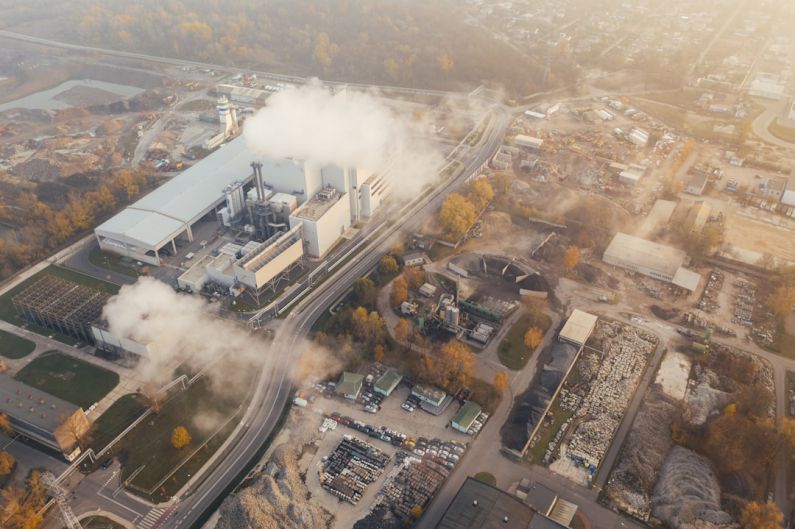How to Reduce Carbon Footprint of Your Home?
In today’s world, reducing our carbon footprint has become crucial in the fight against climate change. One significant area where we can make a difference is in our homes. By implementing sustainable practices and making eco-friendly choices, we can significantly decrease the environmental impact of our households. Here are some practical tips on how to reduce the carbon footprint of your home.
Evaluate Your Energy Consumption
The first step in reducing the carbon footprint of your home is to evaluate your energy consumption. Start by conducting an energy audit to identify areas where energy is being wasted. Look for leaks in windows and doors, check the insulation in your walls and attic, and assess the efficiency of your appliances. By understanding how and where you are using energy, you can make informed decisions on how to reduce your consumption.
Switch to Renewable Energy Sources
One of the most effective ways to reduce the carbon footprint of your home is to switch to renewable energy sources. Consider installing solar panels on your roof to generate electricity from the sun or invest in a wind turbine for wind energy. Renewable energy sources are not only better for the environment but can also help you save money on your energy bills in the long run.
Upgrade to Energy-Efficient Appliances
Another way to reduce your home’s carbon footprint is to upgrade to energy-efficient appliances. Look for appliances with the Energy Star label, which indicates that they meet strict energy efficiency guidelines set by the Environmental Protection Agency. By replacing old, inefficient appliances with energy-efficient models, you can significantly decrease your energy consumption and reduce your carbon emissions.
Improve Your Home’s Insulation
Proper insulation is key to reducing energy waste and lowering your carbon footprint. Make sure your home is well insulated to prevent heat loss in the winter and keep cool air in during the summer. Consider adding insulation to your walls, attic, and floors, and seal any gaps or cracks that may be letting air escape. By improving your home’s insulation, you can reduce the need for heating and cooling, ultimately cutting down on your energy usage.
Reduce Water Waste
In addition to energy consumption, water usage also contributes to your home’s carbon footprint. To reduce water waste, fix any leaks in faucets or pipes, install water-saving fixtures such as low-flow showerheads and toilets, and consider collecting rainwater for outdoor use. By being mindful of your water consumption, you can lower your home’s environmental impact and save on your water bills.
Embrace Sustainable Practices
Incorporating sustainable practices into your daily routine can also help reduce the carbon footprint of your home. Practice recycling and composting to minimize waste, use eco-friendly cleaning products to avoid harmful chemicals, and opt for reusable items instead of single-use plastics. Small changes in your habits can add up to significant reductions in your household’s carbon emissions.
Create a Sustainable Garden
Creating a sustainable garden can also contribute to reducing the carbon footprint of your home. Plant native species that require less water and maintenance, use organic fertilizers and pesticides to avoid harmful chemicals, and consider starting a compost pile to recycle organic waste. A sustainable garden not only benefits the environment but also provides a beautiful and relaxing outdoor space for you to enjoy.
Conclusion:
Reducing the carbon footprint of your home is a critical step towards a more sustainable future. By evaluating your energy consumption, switching to renewable energy sources, upgrading to energy-efficient appliances, improving your home’s insulation, reducing water waste, embracing sustainable practices, and creating a sustainable garden, you can make a positive impact on the environment. Start implementing these tips today to lower your household’s carbon emissions and contribute to a greener planet.






